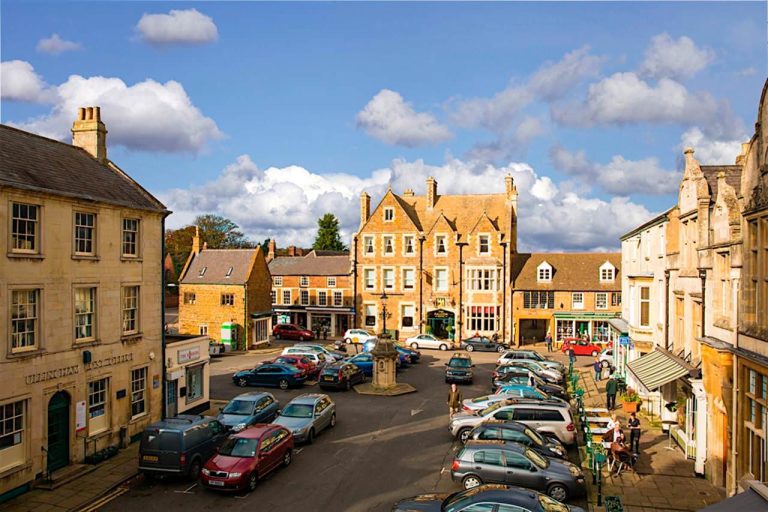Some of Europe’s most beautiful small towns are in the UK. People from all over the world keep coming back because each one has its own history, culture, and beautiful scenery. To see the best little places in the UK is one of the most popular things to do on vacation in 2025. Many people want to go on vacation but don’t want to see the usual sights in big cities. If you want a more authentic British vacation, these towns are the best places to go. There are cobblestone streets with cute cottages on them, beautiful views of the coast, and sites that have been there for hundreds of years. There are more and more people who want to visit places that are friendly, show off their culture, and have traditional markets.
There are a lot of great little places in the UK that are known for their food, unique shops, and easy access to beautiful country trails. Every place on our list has something unique to offer tourists from both inside and outside of their own country, like visiting old castles, going to festivals that bring people together, or relaxing in beach towns. Some of the best places to visit in the UK will be these small towns in 2025, when people will want to learn about new cultures, find secret gems, and support tourism that doesn’t harm the environment. You can relax and have fun at the same time. This way, visitors can see real British beauty without having to go to crowded tourist spots. There are a lot of beautiful places in the UK. This list of the top 10 little towns to visit shows places that are classically beautiful, modern in a way that everyone can enjoy, and full of memories that will last a lifetime.
Top Ten Best Small Towns To Visit In UK (2025)
10. Uppingham, Rutland
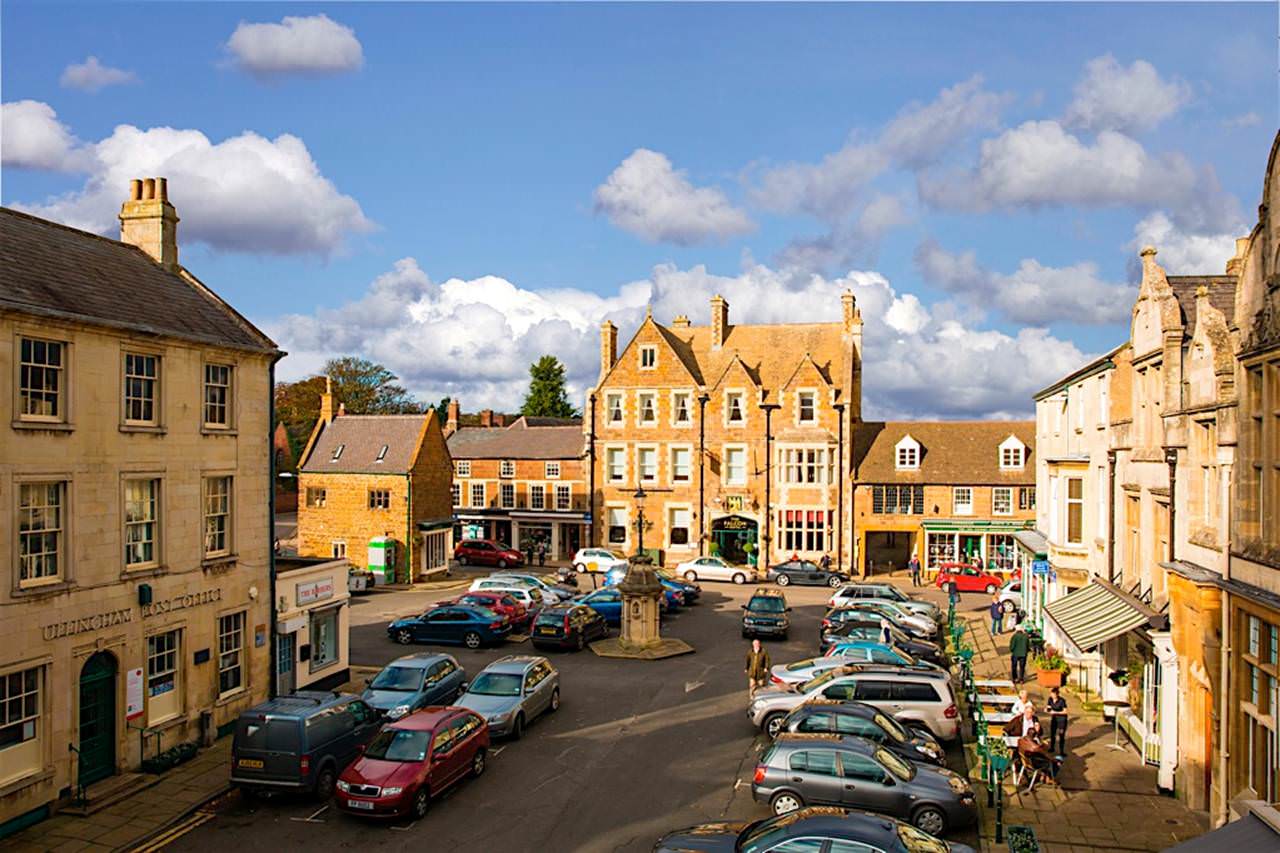
Nestled in England’s smallest county, Uppingham offers a rare combination of gentle countryside and concentrated cultural life that makes it ideal for a short escape. The town centre revolves around a handsome market square and a well preserved town hall. Independent shops, craft stores, and smart cafes line the streets and invite slow strolling and unhurried discovery.
Uppingham also benefits from proximity to Rutland Water which is perfect for cycling, sailing, or simply watching water birds at dawn and dusk. Food offerings are local and seasonal with friendly pubs and boutique inns providing comfortable bases for walkers exploring linear trails through surrounding farmland. Events are small scale and memorable, from artisan markets to open air music and theatre evenings where the community atmosphere feels welcoming.
For travellers who search for authentic hidden gems and countryside breaks close to the Midlands, Uppingham delivers without the crowds of more famous destinations. Accessibility by road is straightforward and coach friendly parking supports group visits, while the town’s compact layout makes it simple to pair a one night stay with a half day exploring nearby stately landscapes and lesser known villages. Hidden charm and quiet hospitality define the experience here.
9. Malmesbury, Wiltshire
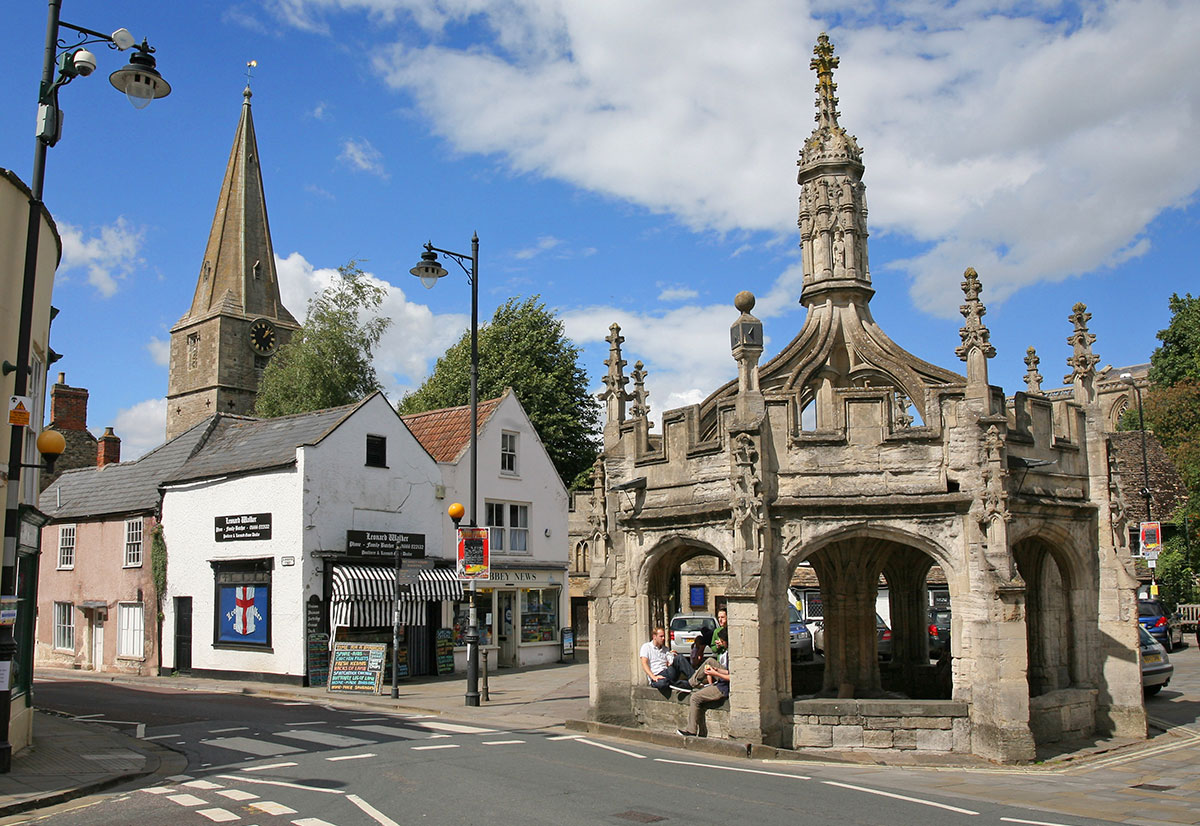
Malmesbury wears its long history lightly. Ancient streets rise from a riverside setting to a striking abbey whose stonework anchors the town’s story. The abbey is open to visitors free of charge and offers a reflective atmosphere amid medieval architecture and curated gardens. Close by, Abbey House Gardens provide a five acre series of themed spaces where sculptural planting and water features create a seasonal spectacle in spring and summer.
Independent shops and family run cafes fill the narrow lanes so exploration rewards with discoveries in food and local craft. Malmesbury balances its past with contemporary twists through festivals and occasional pop up markets that celebrate local produce. Film friendly streets and period buildings mean that visitors sometimes spot familiar scenes and production crews scouting locations.
The town is also a practical base for exploring the wider Cotswolds ridge and nearby arboretums. For people searching for heritage travel and gentle countryside walks, Malmesbury’s layered history and garden culture make it a quietly compelling stop that performs well on weekend getaway itineraries that blend culture and fresh air.
8. Hebden Bridge, West Yorkshire
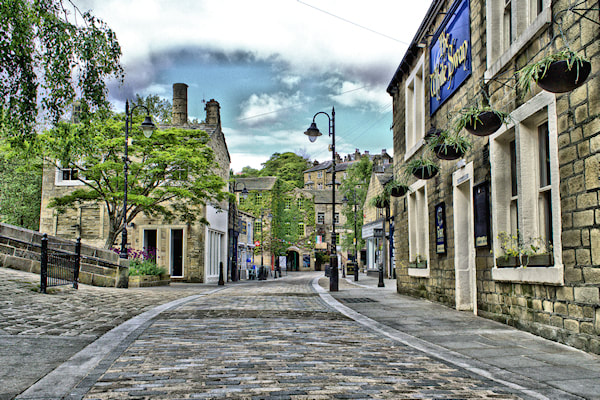
Set within a dramatic valley, Hebden Bridge is a magnet for creative communities and outdoor enthusiasts. Narrow streets and bridges frame independent bookshops, art galleries, and an energetic cafe scene where local roasters and bakers showcase new tastes. The town hosts regular festivals that spotlight handmade crafts, live music, and public art creating a lively calendar that fills weekends with events for all ages.
For walkers and cyclists the surrounding Pennine hills and canal towpaths offer immediate access to varied terrain and scenic viewpoints. Hebden Bridge also has a reputation for sustainable local business, with many traders emphasising ethical sourcing and seasonal menus. Flood recovery over recent decades has shaped a resilient community that balances preservation with modern needs.
Market stalls sell local cheese, charcuterie, and baked goods that highlight regional producers, and independent boutiques stock clothing and homeware made by local designers. For people seeking creative travel and a sense of place away from mainstream tourist routes, Hebden Bridge stands out as a cultural and outdoors friendly destination that rewards slow exploration and curious wandering.
7. Rye, East Sussex
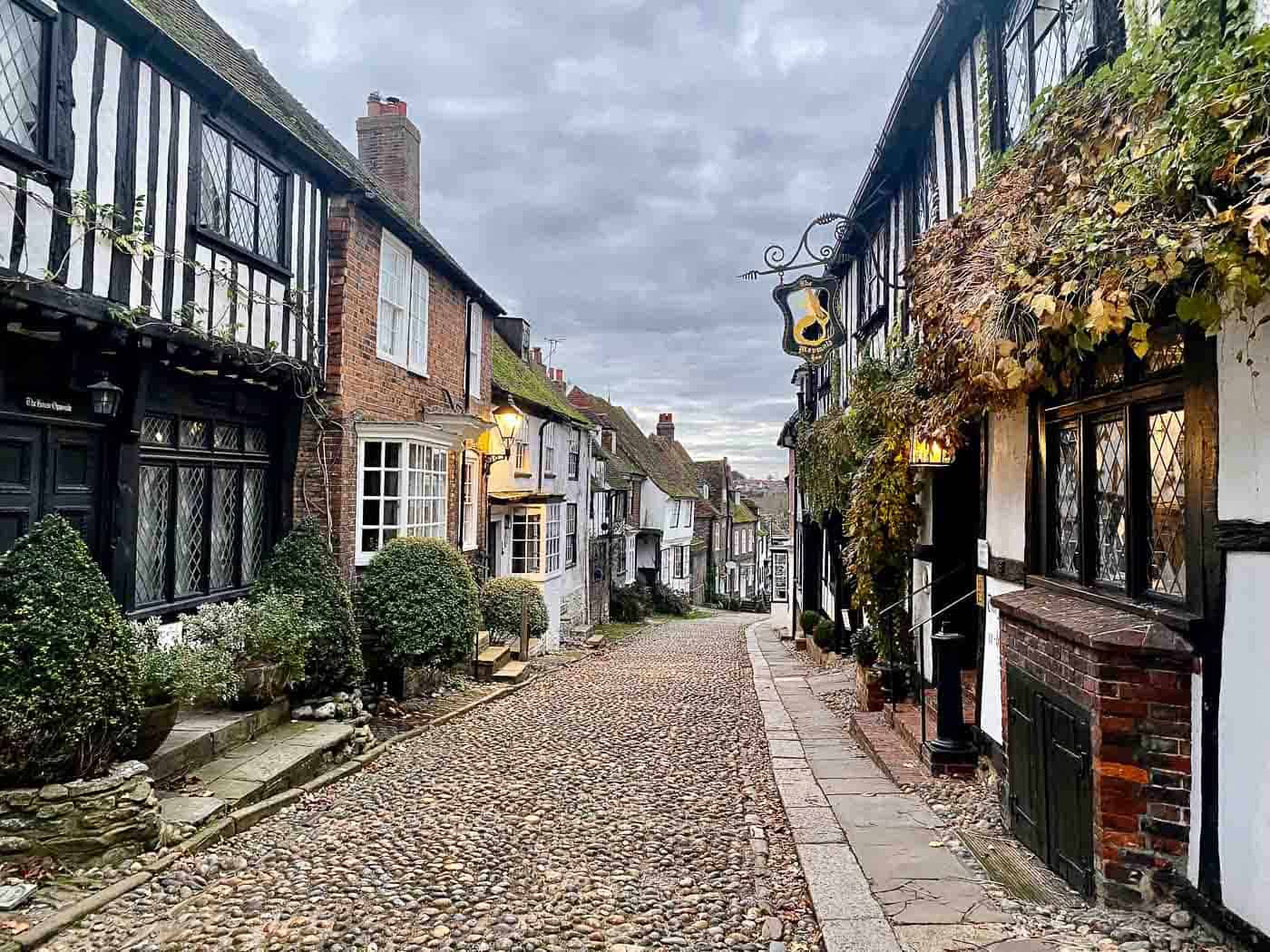
Rye captures imagination with narrow cobbled alleys, medieval inns, and a harbourside character that is at once coastal and historic. Mermaid Street with its steep cobbles and timber framed houses is one of the town’s signature scenes and a magnet for photographers and people who enjoy picture perfect streets. Historic houses and small museums reveal layers of smuggling lore and maritime trade while the nearby nature reserve provides a quiet counterpoint to the town centre with bird watching and long coastal walks.
Rye’s hospitality scene blends traditional inn cooking with modern bistro plates focused on local seafood and seasonal vegetables, and boutique hotels occupy converted buildings that enhance the town’s intimate feel. Cultural offerings include literary connections and a small independent cinema that screens local and international films.
Proximity to sandy Camber Sands expands options for families seeking room to run and for kite surfers looking for wide open beach conditions. Rye is well suited to travellers seeking a seaside retreat that combines coastal beauty with history and pedestrian friendly streets that invite aimless exploration and relaxed discovery.
6. Ludlow, Shropshire

Ludlow has forged a strong reputation as a culinary and cultural jewel anchored by a dramatic castle sitting above sloping streets. Producers from the Marches region gather regularly at market stalls and festival stages to showcase charcuterie, artisan bread, cheese, and seasonal preserves, which is why food oriented visitors prioritise Ludlow when planning gourmet outings.
Historic coaching inns and small wine bars complement a restaurant scene that ranges from classic British plates to inventive tasting menus created with local ingredients. Architecture is varied and atmospheric with narrow lanes that open unexpectedly onto market squares and castle views. The castle grounds and town theatre supply regular events that range from outdoor concerts to food demonstrations, offering visitors a calendar full of reasons to return.
For those who want walking options, nearby woodlands and ridge paths provide scenic loops that suit moderate fitness levels. Ludlow’s blend of history, food culture, and live events makes it a compelling pick for anyone seeking a weekend destination where culinary discovery and heritage sit side by side.
5. Stamford, Lincolnshire
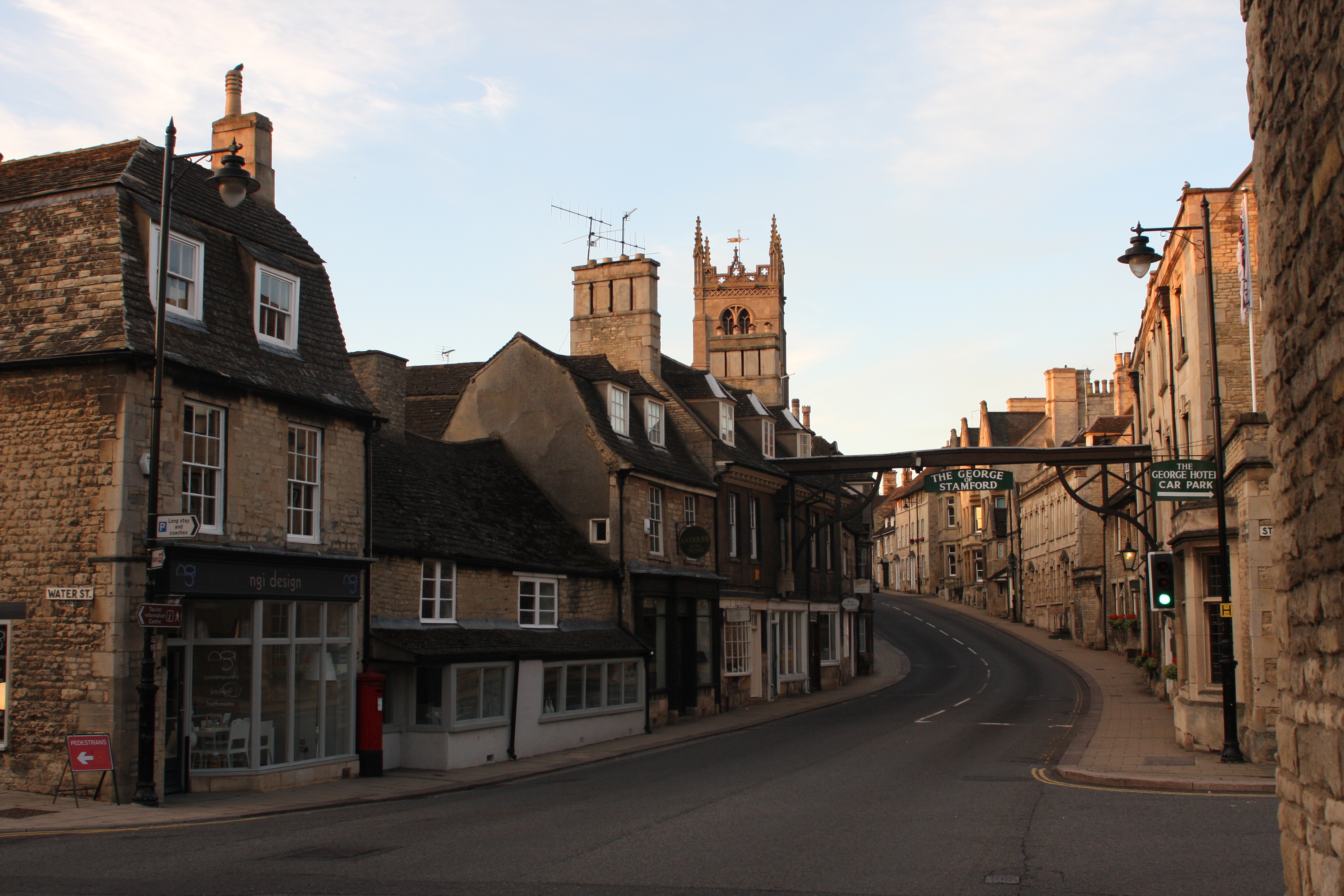
Stamford stands out for its extraordinary concentration of fine stone buildings and well proportioned Georgian streets that create a cinematic backdrop for leisurely walks. The town was repeatedly chosen by film and television productions looking for timeless English settings, and this heritage screen appeal lends Stamford a polished yet lived in atmosphere.
Riverside meadows and a well maintained town centre invite long morning strolls and coffee breaks at independent cafes that serve well regarded breakfasts and locally sourced fare. Specialty shops and antique stores mean that browsing can stretch into several pleasant hours while period inns provide comfortable historic bedrooms for overnight stays.
Guided walks reveal the stories behind parish churches and stately houses and local museums present curated displays that highlight the town’s architectural legacy and social history. Stamford is practical for visitors wanting a quieter alternative to more tourist heavy locations while still enjoying refined dining and easy access to surrounding estates and gardens. The experience here is one of calm elegance, where picture perfect streets and thoughtful hospitality combine to create a satisfying cultural break.
4. Lavenham, Suffolk

Lavenham preserves a remarkable collection of timber framed houses that glow with a honeyed patina and create an almost fairy tale appearance along winding lanes. The village prospered in the medieval wool trade and that prosperity is visible in grand merchant houses, an ornate parish church, and the Guildhall of Corpus Christi which offers museum displays that trace the town’s mercantile past
. Small galleries and craft shops knit into the high street provide opportunities to purchase locally made ceramics, textiles, and prints while tearooms serve traditional cakes and seasonal lunches in intimate settings. Walled gardens and lanes lined with climbing roses add to a sense of timelessness that brings many people for photography and architectural interest.
Several historic inns offer atmospheric stays in rooms with exposed beams and period features, enhancing the sense of stepping back in time while enjoying comfortable services. Lavenham is an excellent choice for literature lovers and anyone who appreciates medieval architecture combined with a village scale that allows for relaxed wandering and mindful exploration.
3. Wells, Somerset

Although Wells is officially a city, the experience feels very much like a small historic town because of its compact scale and friendly human rhythm. The cathedral is the town’s focal point and sets the tone with towering Gothic architecture, an early astronomical clock, and a peaceful green space that draws both visitors and local families. Adjoining the cathedral is a uniquely preserved medieval street of clerical houses that continues to be occupied in the present day and offers a rare glimpse into continuity of use across centuries.
A market in the central square provides fresh produce and artisan goods on regular days while independent bookshops and cafes invite slower moments between historical visits. Nearby gardens and the Bishop’s Palace moat supply quiet outdoor places to unwind and to enjoy seasonal colours. Wells is well suited to visitors who enjoy combining cultural depth with short rural walks and easy access to the Mendips for more adventurous hiking or cave exploration.
The town’s layered architecture and manageable size make it an ideal destination for those who prefer immersive history without overwhelming crowds.
2. Avebury, Wiltshire
Avebury is exceptional because the village sits within a vast Neolithic henge where giant stones form the largest stone circle on the island. Unlike many prehistoric sites that restrict access, visitors can wander freely among these ancient monuments and feel an immediate connection to a landscape shaped over five thousand years. The wider area includes lesser known prehistoric features such as long barrows and Silbury Hill which add context to the stones and reward curious walkers with a sense of deep time
. The National Trust looks after large parts of the site and provides guided walks and interpretive material that help bring the monuments to life while local cafes and small museums offer light refreshment and in depth collections on archaeology. Avebury pairs exceptional prehistoric heritage with a gentle village atmosphere where thatched cottages and a traditional pub make overnight stays convenient and atmospheric.
For travellers seeking mystical landscapes, unique heritage experiences, and walkable archaeology that can be explored at a personal pace, Avebury is a rare and memorable destination.
1. Conwy, North Wales
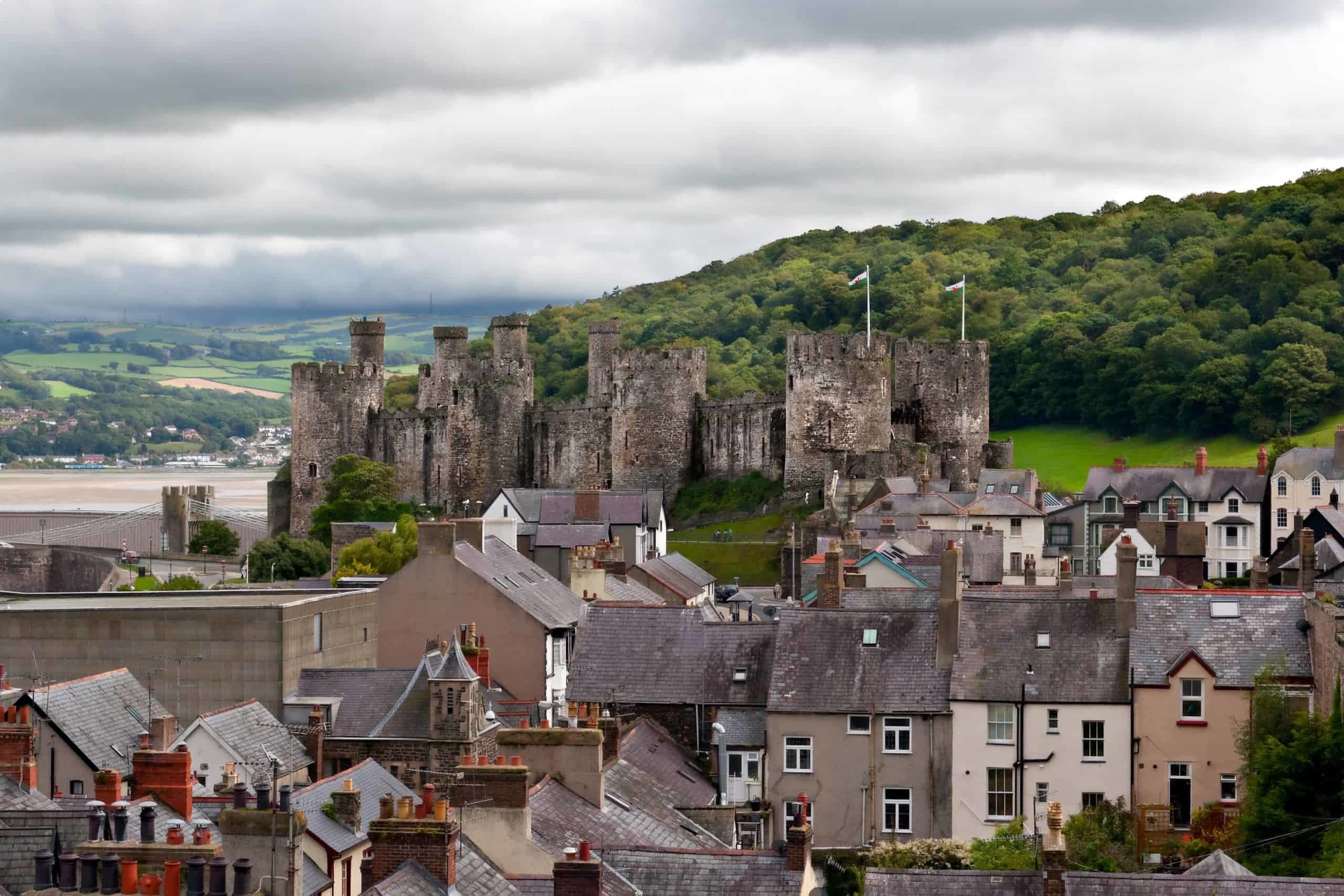
Conwy earns top place for a combination of well preserved medieval fabric, dramatic seaside setting, and strong local character that feels both historic and immediately alive. The town is ringed by impressive stone walls and dominated by an imposing castle that stands guard over a working quayside. Narrow streets lead to craft shops, tea rooms, and family run seafood restaurants where local catches feature on daily menus.
One charming oddity is a famously small house close to the quay that delights visitors and adds to the town’s story book quality. The presence of Snowdonia as a backdrop gives Conwy a double appeal because it combines the draw of coastal scenery with easy access to mountain walking and scenic drives. The castle and town walls form part of a collection of Edwardian era castles in Wales recognised for their exceptional state of preservation and for their historic role in medieval governance.
Conwy’s balance of maritime life, robust heritage assets, and small town hospitality makes it a singular place to visit for those who want both seaside beauty and rich history in a compact and highly walkable

